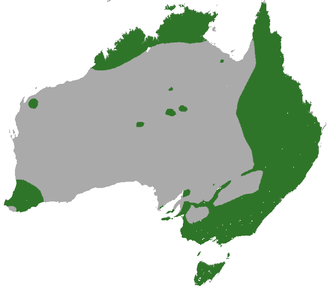Hello Reader,
Today anotar bird to talk about. The Ibises.
It is a bird far spread into the world, except in Antarctida, habiting forests, plains and wetlands. But I focusing in two species of ibis, the straw-necked and the australian white ibis.
This two species of ibis have the costume of get together in a huge flock on the season of breeding when they coexist. They have a time to normally procreate in the year depending on the region were they are, but have some cases when occur after a big rain in any time of the year. They also can create their nests in a place where other birds like egrets, herons, spoonbills or cormorants, who also build nest near a corp of water.
The most common ibis to see is the australian-white-ibis, because it have adapted well to the live in the city; While the straw-necked ibis don’t have adapted to cities, but have a good relation with farmers sins they eat the plague insects. The australian white ibis is consider in some places a plague in the city due their unique bad smell and they also turn garbage cans and even stole sandwiches of picnic baskets.
The australian white ibis get so long in the city that they even abandon their usual place of procreation to stay in the same place, building their nests in rivers that cross the town.
http://maps.iucnredlist.org/map.html?id=22697525
Kingdom> Animalia
Phylum> Chordata
Class> Aves
Order> Pelecaniformes
Family> Threskiornithidae
Genus> Threskiornis
Species> T. spinicollis
Kingdom> Animalia
Phylum> Chordata
Class> Aves
Order> Pelecaniformes
Family> Threskiornithidae
Genus> Threskiornis
Species> T.molucca
Catch you later~
References:
https://animaldiversity.org/accounts/Threskiornis_spinicollis/classification/
https://en.wikipedia.org/wiki/Straw-necked_ibis
https://en.wikipedia.org/wiki/Australian_white_ibis
https://animaldiversity.org/accounts/Threskiornis_molucca/classification/#Threskiornis_molucca
http://www.iucnredlist.org/details/22697525/0
http://datazone.birdlife.org/species/factsheet/straw-necked-ibis-threskiornis-spinicollis/details
http://www.birdsinbackyards.net/species/Threskiornis-spinicollis


